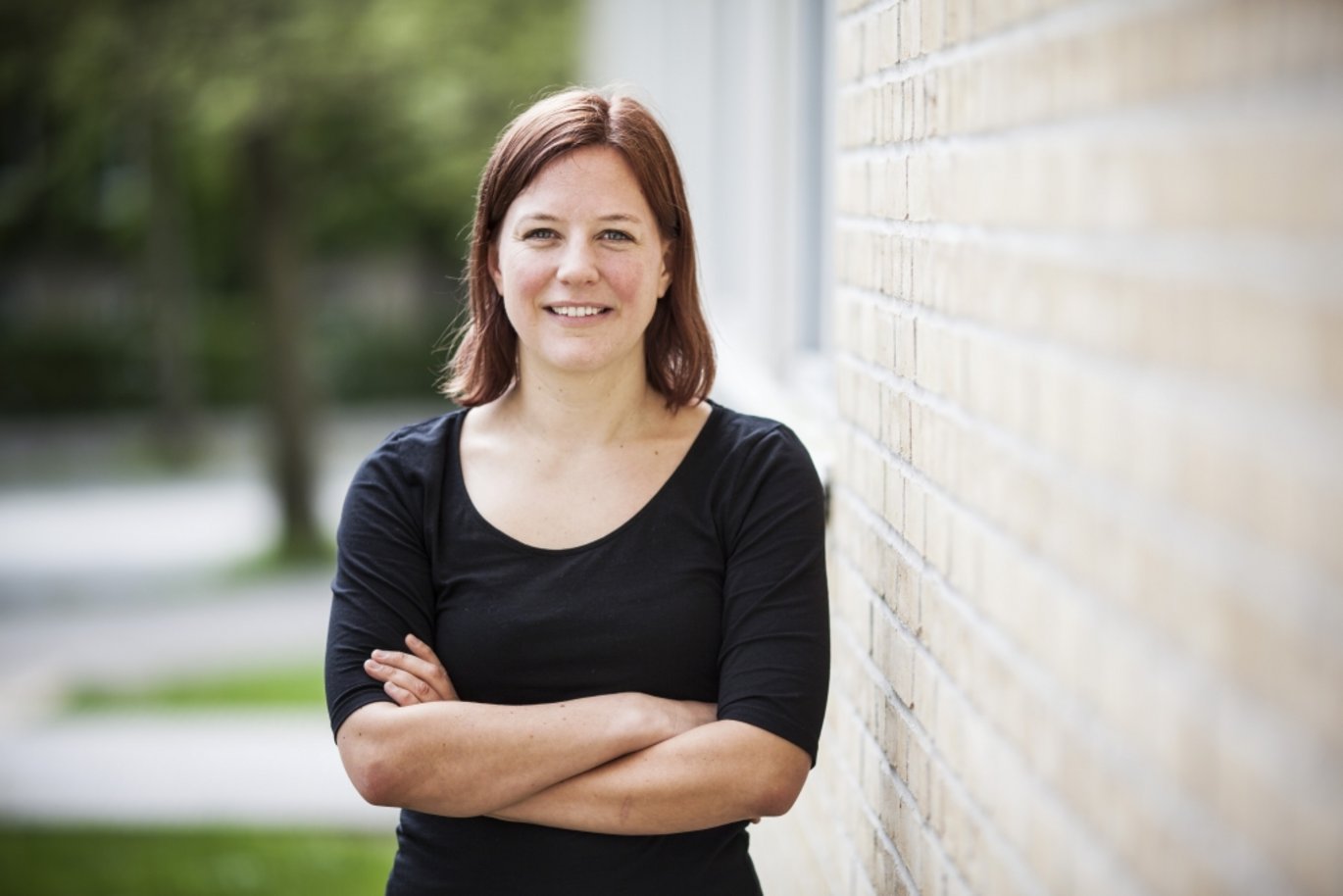How does cells' powerhouse and nucleus communicate? AU researcher part of new Human Frontier Science Project
AU researcher, Associate Professor Brigitte Stadler, and an intercontinental team of researchers, have received a prestigious international grant to study how important parts of the cell, the nucleus and mitochondria, communicate.

Associate Professor Brigitte Stadler has received a grant from the prestigious Human Frontier Science Program (HFSP) to study how two of the cell's most important organs communicate with each other. The cell nucleus is the cell's largest organelle (cell organ), which contains the cell's DNA, whereas mitochondria make the vital energy that keeps the cell alive. The communication between the two organelles is one of the hallmarks of eukaryotic cells, underlying the tight coordination between energy supply and cellular needs.
Stadler and the rest of the team, that includes Prof. Konstantinos Lefkimmiatis (University of Pavia, Italy) and Prof. Nikolaos Daskalakis (McLean Hospital, Harvard University, USA), will obtain more than 1 million Euro for the three-year project entitled "Unravelling the code of mitochondrial-nuclear communication".
Matrices with molecular spies
The project focuses on the creation of synthetic matrices capable of hosting and keeping these organelles alive. The matrices will be equipped with molecular "spies", which will allow to capture and interpret the messages that mitochondria and nucleus will exchange. The final results of this exchange will be evaluated through the sequencing of the genes, which have been expressed due to the communiation.
In the Stadler lab they will identify polymeric materials that provide a supportive compartmentalized environment for mitochondria and nuclei to allow for the information flow between the two organelles. They will use droplet microfluidics-based concepts to control the number and proximity of the two organelles in the synthetic environment. Structure-function related aspects between the synthetic environment and the performance of the organelles will be identified, and the impact on the mitochondria-nuclei communication will be studied by single organelle imaging.
Promoting intercontinental collaboration and training in cutting-edge, interdisciplinary research within life science
The HFSP is a world-leading funding body dedicated to supporting fundamental biological research and promoting intercontinental collaboration. Its research grants are designed to create new approaches for understanding the complex structures and regulatory networks of living organisms, their evolution and interactions. Research teams must span international borders to encourage innovation and interdisciplinarity.
This year, grants totalling 37 million dollars were approved to support a small minority (4%) of the 716 groups that applied for a research grant. Each of the recipients will receive around 110,000 USD – 125,000 USD per year over the three coming years. According to the announcement by the International Human Frontier Science Program Organization, “The 2022 HFSP investigators display remarkable depth in approach and innovative thinking.”
Press release from Human Frontier Science Program about the 2022 HFSP research grants.
For further information, please contact
Associate Professor Brigitte Stadler
Interdisciplinary Nanoscience Center (iNANO)
Aarhus University
Email: bstadler@inano.au.dk
